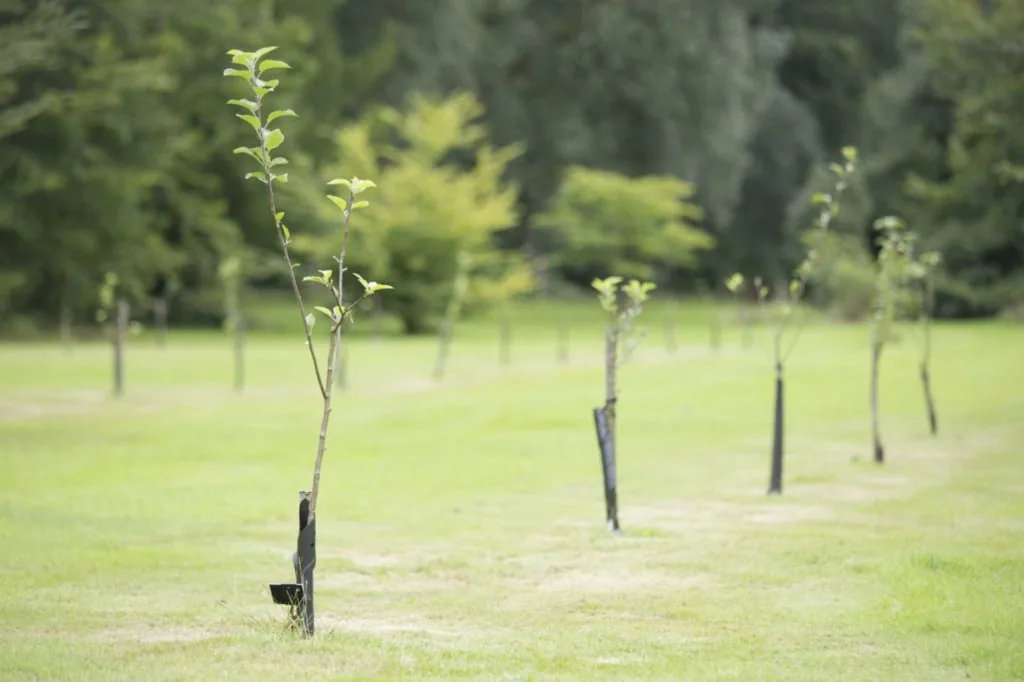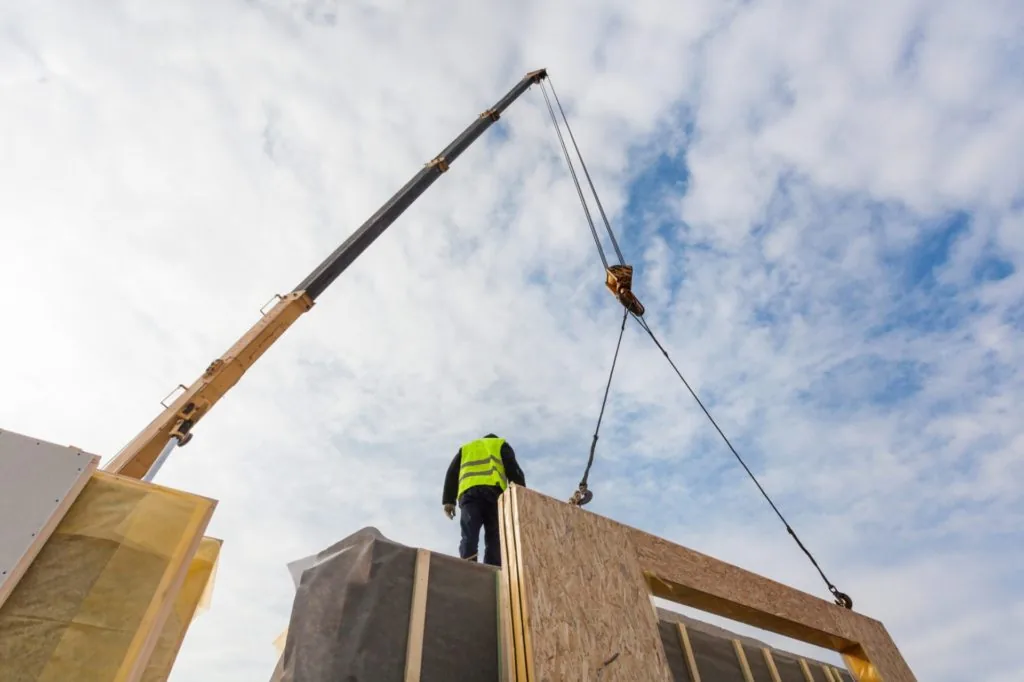
In this article, we look at basic principles of the English planning system and answer some of the most frequently asked questions we hear from developers.
I need to amend my planning permission, what are my options?
Often, developers find that they need to amend their planning permissions. Generally, this can be achieved by applying to the local planning authority (LPA) to make a Non-Material Amendment to the planning permission or to vary one or more of the planning conditions of the planning permission (often referred to as a "Minor Material Amendment" or a "Section 73 Application").
What are the differences between applications for Non-Material Amendments and Minor Material Amendments?
Which type of application should I choose?
Non-Material Amendments are by far the quicker and least cumbersome option. However, proposed amendments can only be approved if the LPA agrees that the proposal is, in fact, non-material. Whether a proposed amendment is non-material is a matter of judgement for the LPA and will balance the proposed amendment against the nature of the site and the scale of the development. We recommend speaking with the LPA at an early stage to discuss the amendments proposed. If the LPA grants the non-material amendment application, the original planning permission will be amended. Where an application for a non-material amendment is refused, it may be that an application for a Minor Material Amendment will be successful.
By contrast, applications for Minor Material Amendments will, if granted, result in a new planning permission (often referred to as a "Section 73 Permission"). The LPA is limited to considering only the proposed variations to the conditions of the original planning permission. However, the application will be considered against planning policies in force at the date of the application rather than against those that were in force at the date of the original planning permission. This could result in new conditions being imposed by the LPA on the Section 73 Permission in addition to those proposed by the applicant.
Is a new Section 106 Agreement required?
Where there is a Section 106 Agreement linked to the original planning permission, the LPA will often require a supplemental agreement to be entered into before it will grant a Section 73 Permission to ensure that any development carried out under that permission is also subject to the obligations in the Section 106 Agreement.
To what extent can the original planning permission be changed?
An application for a Minor Material Amendment cannot fundamentally alter the development authorised by the original planning permission. The courts have recently confirmed that applications for Minor Material Amendments are limited to varying the planning conditions of the original planning permission and cannot alter the description of the development or impose or vary a condition that is inconsistent with the description of the development. It is possible however to amend the description of a development by applying for a Non-Material Amendment, provided always that the LPA agrees the amendment proposed is non-material.
What happens if the changes I want to make are more significant?
For outline planning permissions, it may be possible to submit a further application for approval of reserved matters if the period for submitting such applications has not expired and the proposals are consistent with the authorised development. Otherwise, you may need to make a new planning application in relation to all or part of the site. In these circumstances, you should take advice before making a new planning application that is intended to sit alongside the development under the original planning permission. Such applications require careful consideration in order to avoid losing the right to continue developing under the original permission once development under the new permission is implemented and in order to ensure that the two planning permissions are consistent in terms of their conditions so that they do not inadvertently prevent either part of the development being built out or used.
Do I need to consider Community Infrastructure Levy?
Where Community Infrastructure Levy (CIL) is payable in connection with the original planning permission or where CIL is introduced by the LPA between the grant of the original planning permission and the grant of any new consent, then CIL may be payable. In these circumstances, CIL may be payable if the new consent results in a change to the gross internal area of the development. Where CIL is in force, you should take advice before implementing the development under the new consent.
Alex McKerron and James Clark of our Planning and Environment Team would be happy to hear from you to discuss any variations to a planning permission that you are intending to make.













